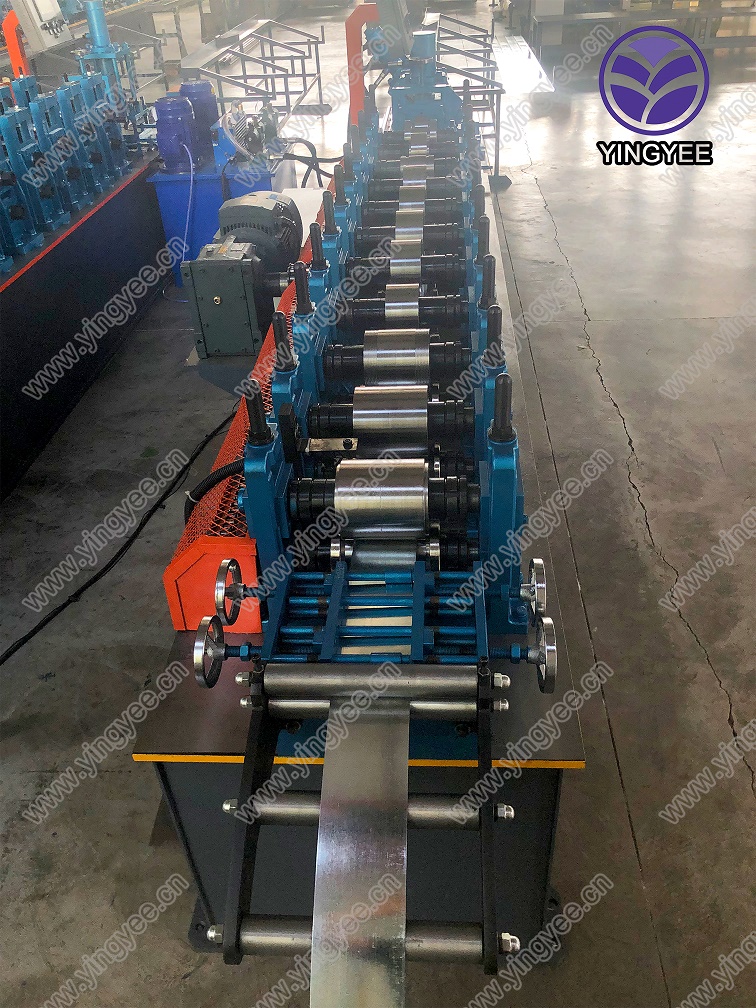
Understanding Sandwich Panel Roll Forming Machines
In the construction and manufacturing industries, the demand for lightweight, durable, and energy-efficient building materials has significantly increased. Among these materials, sandwich panels are becoming increasingly popular due to their excellent insulation properties and structural stability. Central to the production of sandwich panels is the sandwich panel roll forming machine, a specialized piece of equipment designed to streamline the fabrication process.
What is a Sandwich Panel?
A sandwich panel is composed of two outer layers and an inner core, usually made from materials such as polyurethane, polystyrene, or rock wool. The outer layers are typically made from metal, often galvanized steel, which provides durability and resistance to environmental factors. The insulation core is crucial as it not only offers thermal performance but also enhances the overall strength of the panel. These panels are commonly used in industrial buildings, warehouses, cold storage facilities, and even residential properties.
The Role of Sandwich Panel Roll Forming Machines
The sandwich panel roll forming machine plays a vital role in the efficient production of these panels. The primary function of the machine is to shape and cut the metal sheets into the desired profile while also applying the insulation material. Roll forming involves a series of rollers that gradually bend the metal sheets into a specific shape, which ensures consistency and precision in the panel dimensions.
The process begins with the feeding of flat metal sheets into the machine. As the sheets pass through the rollers, they are progressively formed into the desired profile, which typically includes ribs or grooves for enhanced strength and aesthetic appeal. Once the metal sheets are shaped, the insulation material is introduced, and the two sides are bonded together. The machine can also cut the panels to specified lengths, allowing for quick and efficient production.
Advantages of Using Roll Forming Machines

1. High Efficiency Sandwich panel roll forming machines are designed for high-speed production. They can produce large volumes of panels in a relatively short amount of time, making them ideal for meeting the demands of large construction projects.
2. Consistent Quality The automated nature of roll forming machinery minimizes human errors, ensuring that each panel manufactured meets the exact specifications required. This consistency in quality is crucial for construction applications where structural integrity is paramount.
3. Cost-Effectiveness By utilizing roll forming technology, manufacturers can reduce labor and material costs. The efficiency of the process allows for significant savings, ultimately resulting in more competitive pricing for end-users.
4. Versatility These machines can be customized to produce various panel profiles, catering to different market needs. Manufacturers can adjust the machine settings for different thicknesses, insulation types, and metal coatings, making it adaptable for diverse applications.
5. Environmental Impact Sandwich panels produced with roll forming machines typically utilize materials that are recyclable and energy-efficient, contributing to sustainable building practices. The insulation properties also lead to energy savings in the long run.
Conclusion
The sandwich panel roll forming machine represents a significant advancement in the production of building materials. As the construction industry continues to evolve, the demand for sustainable, efficient, and durable materials will only grow. With their capacity for high-speed production and consistent quality, sandwich panel roll forming machines play a crucial role in meeting these demands. Manufacturers who invest in this technology can not only improve their productivity and product offerings but also contribute to a more sustainable future in construction. As the market for sandwich panels expands, the importance of these machines will continue to rise, solidifying their place as a staple in modern manufacturing processes.